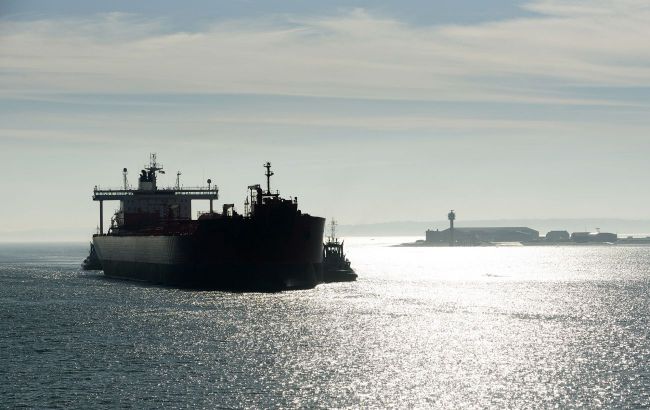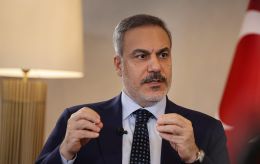EU preparing to strike Putin's shadow fleet: Bloomberg reveals new sanctions against Russia
 Photo: EU preparing new sanctions against Russia's shadow fleet (Getty Images)
Photo: EU preparing new sanctions against Russia's shadow fleet (Getty Images)
The European Union is preparing a new sanctions package against Russia, targeting its so-called shadow fleet – hundreds of tankers that the Kremlin uses to bypass the oil embargo, Bloomberg informs.
The EU's new sanctions against Russia's hidden fleet of oil tankers are aimed at increasing pressure on Moscow over its war against Ukraine.
According to sources familiar with the matter, the sanctions proposed by the European Commission will target 60 individuals and entities and will include restrictions on around 150 vessels.
As a result, the total number of ships on the EU sanctions list will exceed 300, one of Bloomberg's sources noted.
Voting on sanctions against Russia's shadow fleet
As sources note, EU foreign ministers are set to officially approve the proposed measures during a meeting in Brussels scheduled for May 20. If the proposals are approved, this will mark the 17th sanctions package adopted by the EU since Russia's full-scale invasion of Ukraine in February 2022.
EU sanctions require unanimous support from all member states, and the proposals may undergo changes before final approval, Bloomberg notes.
The sanctions mechanism includes a renewal every six months, with the next deadline set for July.
At the same time, the agency reports that the EU is exploring ways to expand sanctions against Russia without the need for approval from all 27 member states. In particular, the European Commission is considering the possibility of converting part of the restrictions into trade measures, which could be adopted by a qualified majority rather than unanimously.
Russia's shadow fleet
According to Ukraine’s Defense Intelligence of the Ministry of Defense, Russia has assembled a powerful shadow fleet consisting of up to 1,000 mostly outdated vessels with a combined deadweight of over 100 million tons. In 2023, there were about 600 such tankers, but their number has significantly increased over the past year. Moscow has spent more than $10 billion building up this fleet following the introduction of a price cap on its oil in December 2022.
These vessels are responsible for up to 70% of Russia’s seaborne oil exports. Most of them are registered under flags of convenience, including Panama, Gabon, the Cook Islands, Liberia, and the Marshall Islands. Their owners and operators are often based in countries such as China, India, the UAE, Türkiye, the Seychelles, and others. To conceal routes and the origin of the oil, the ships frequently change names and registration, disable identification systems, and blend Russian oil with other grades.

